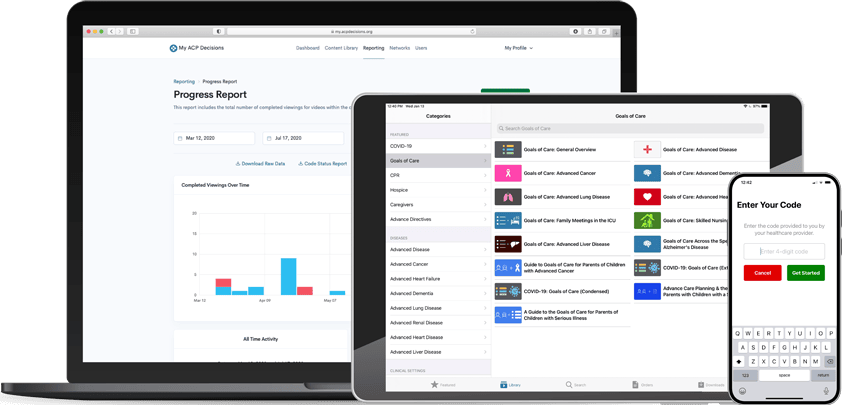Improve advance care planning conversations at your organization.
Catalyze patient engagement and activation.
Strengthen clinician-patient partnerships and communication.
Increase concordance of care.
Help avoid unwanted care and its associated costs.





ACP Decisions stores cookies and other tools on your computer to help us improve our website and to analyze web traffic. By continuing to use our site, you are agreeing to our Cookie Policy and Privacy Policy.